
- Home
- Authenticity
- Material
- Origin
- Style
- 1940-1960 (151)
- Antiquity (92)
- Antiquité (301)
- Art Nouveau (13)
- Art Populaire (19)
- Directoire (32)
- Louis Philippe (59)
- Louis Xiii (35)
- Louis Xiv, Baroque (106)
- Louis Xvi (85)
- Moyen-âge (61)
- Napoleon Iii (79)
- Napoléon Iii (423)
- Napoléon, Empire (75)
- Ottoman (33)
- Renaissance (96)
- Restauration (32)
- Rustique (17)
- 1900 (22)
- 1970 (27)
- Other (2566)
- Subtype
- Type
Ancient Greek Terracotta Eros Statuette, 3rd 1st Century B. C. Ex. The Gaudin C
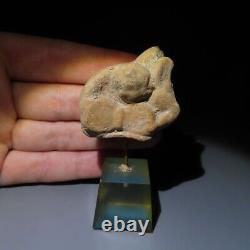
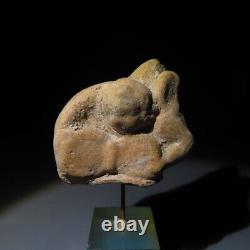
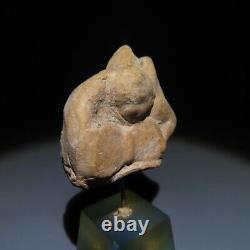
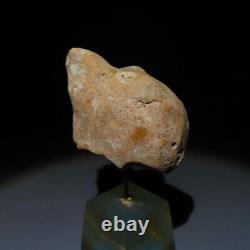
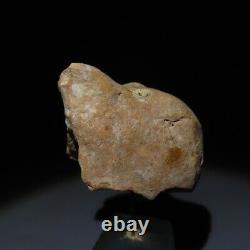
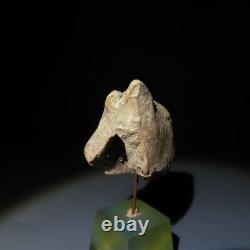
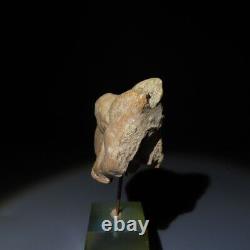
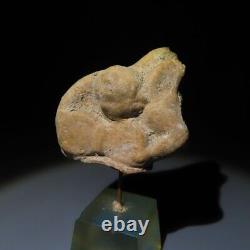
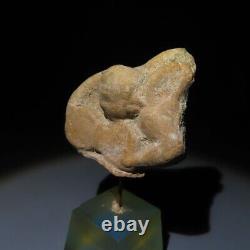
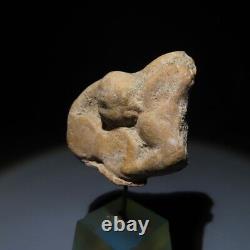
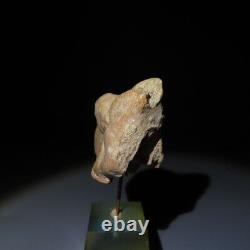
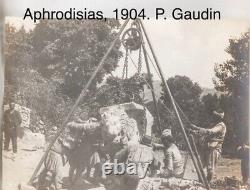


Marketable prices, make your proposals. Upper part of a statuette representing the god eros.
Collection paul Gaudin (paris 1858-versailles 1921), archaeologist, engineer and great donor of the Musée du Louvre; acquired between 1894 and 1905 and by family descent. The collection of terracotta fragments that we propose individually for sale, is composed of 670 pieces and seems to be the second most important, after that of the wash (1094 fragments) and in front of those of the archaeological museum of istanbul (135 fragments) and the British museum (108 fragments). According to simone besques 1972, p. 155: "There are few public or private collections that contain smyrna figurines, unfortunately for the most part fragmentary. They nevertheless testify that it existed there, from the third century BC.
The most important of Hellenistic and Greco-Roman workshops, both for the quality, originality of this production and for the fact that these characters remained intact until the full Roman period. The museum of istanbul and other institutions also owe it a large part of their collections of antiques of minor asie - in particular of smyrna.As isabelle hasselin rouss wrote, curator at the Musée du louvre:... The archaeological collections of the museums of istanbul and of the louvre share a common history since the majority of their Smyrnian figurines were donated by paul Gaudin between 1895 and 1904. Born in Paris in 1858, he was an engineer of the railways of the western company which was sent in turquie in 1892.
He personally financed most of the excavations of aphrodisias and carried them out on behalf of the Ottoman imperial museums. Thanks to his close relations with the smyrna antiques, he was able to create a collection of Smyrna figurines. At the end of the 19th century, as the population of the city of Smyrna grew rapidly, a surge in construction in some parts of the city led to the discovery of hundreds of figures emerging from the Smyrnian soil. Hasselin rouss, Çaldiran isik and kongaz, 2015, p. The artifacts presented here are exceptional in more than one way.Not only do they illustrate the richness of paul Gaudin's collections, but they also testify to the pioneering excavations he carried out in turquia. If several auctions have already been devoted to its important collection in the 20th century in 1922, 1923, 1931 and 1974 - see the site of the inha; erim 1967, p. 25, the present collection will certainly remain in the memories for its importance in the history of archaeological research. Smyrna was one of the first centres of terracotta minor asie.
The city was re-founded by Lysimac, a general to alexander the great, about 288 BC. A little distance from its old location. Smyrna reached its peak in the imperial years.
In fact, housing continued until more recently made it impossible to conduct systematic searches. Most of the smyrna figurines that are exhibited in the largest museums of Europe and the United States - for most head fragments. Smyrna figurines are easily recognized by the color of their clay, which varies from brown to red.
The clay is fine and homogeneous, and contains scrapings of gold and silver24. Some samples still retain their colours. It should be mentioned that ventilation openings are tiny or absent on the whole. In general, the training is very neat and the back of the figures is rarely left in the raw state, while very few signatures of terracotta artists survive.As far as the themes are concerned, many popular types of the great art of terracotta of the classical or Hellenistic period predominate, such as those of Heracles, various deities and athletes. Statuette d'eros, iiie-ier siècle av. 1st - 1st century B.
This item is in the category "art, antiques\ objects of xixe and before". The seller is "galerielueur" and is located in this country: fr. This item can be shipped to the following country: European Union.
- matter: terracotta
- type: popular art object
- subtype: figurine, statue
- style: antiquity
- origin: Middle-East Authenticity: original
- unit of measurement: unit

